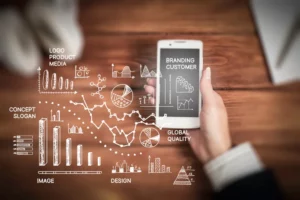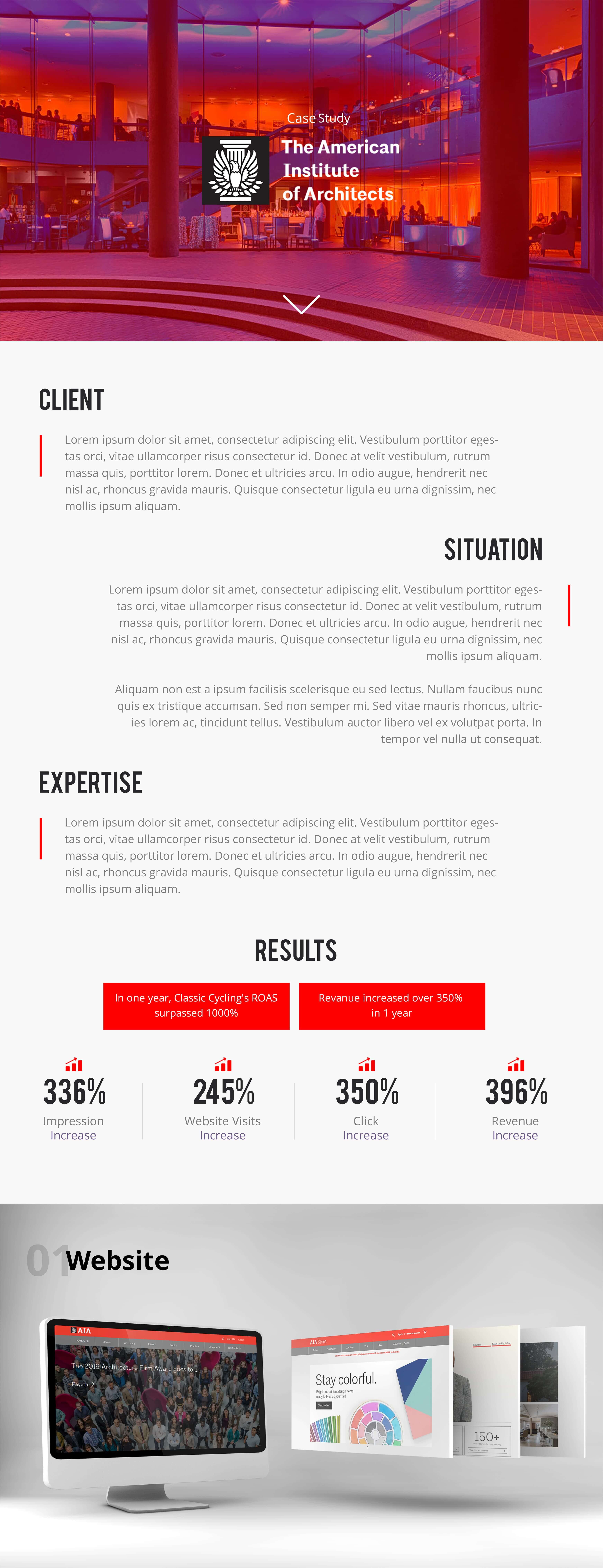Majority of Internet users have email addresses so it’s not surprising that email marketing still remains one of the top online promotion strategies available to businesses today. When running an online business, having an email marketing strategy is a necessity for establishing and continuing a relationship with customers and prospects.
To ignore developing email marketing campaigns as a lead generation strategy will result in missed opportunities to offer product releases, promotions and newsletters, for example to subscribers.
Email marketing campaigns are an extension of your social media marketing campaigns and convert into sales well. It should be a mainstay in your online marketing toolbox.
Here are 10 tactics and strategies that you can follow to build better relationships with your prospects and customers via email marketing campaigns:

#1 Integrate Your Email Marketing Tactics Into Your Social Media Marketing Plan
As you are being active on social media sites like Facebook, Google Places and Twitter, make it a point to invite subscribers to sign up for your newsletter and your blog. Promote them one post or tweet at a time. Be sure to schedule your subscription requests so that you don’t inundate your fans and followers.
Offering a content-based reward for sign-up is a good way to give your prospects and customers a free sample of the type of content they can expect to receive in the future from your brand.
#2 Build an Email Marketing Program That Gives Your Messages the Best Chance of Getting Attention
Cover technology, sign-up form optimization, permissions, welcome messages, preheaders, “share this” links, subject lines’ testing, graphic rich HTLM-based creative design, and call-to-action. Routinely measuring the results of your email campaigns’ open, forward, sent, bounce rates, link clickage and sales will allow you to create subsequent messages to segments within your subscribers who open your emails.
You should monitor click-through and conversion rates, to determine what emails were deliverable or undeliverable, view unsubscribed contacts, track unsolicited customer complaints, compare message reports and export or download reports for analysis.
#3 Engage Your Email Subscribers
Don’t just feed your subscribers with data and information. Allow them to interact with your content. Ask questions. Conduct polls. Offer an interactive game. Make your subscribers become part of your content by building a contest around your product or service.
#4 Contact Your ‘Inactive’ Subscribers
Your inactive subscribers may not be interacting with your messages but this doesn’t mean that they don’t exist or can’t contribute to your relationship building. Try re-engaging them by revising how you present your email messages to them.
Or better yet, ask them directly what they need or want to see in future editions and blog posts and incorporate your findings into your planning as quickly as possible.
#5 Create Viral Campaigns
Use social media sites like Facebook and Twitter to build hype for your viral campaigns that will lend themselves to building your email list. You can create contests where people can win prizes they value when they sign up to your newsletter.
Through Facebook, the ‘Like’ button can be used to create a viral campaign by applying it to content, your brand and products. Viral campaigns need loyalty, opportunity for new customers and validation from existing customers.
Using social plugins will help visitors stay longer and more engaged when their real identity and real friends are driving the experience.
#6 Set Up Landing Pages
This is one of the oldest tactics in email marketing. If done properly, this can drive a lot of active subscribers to your email newsletter. The key to success here is adding valuable content into your beautifully designed landing pages built with the goal of increasing conversions.
#7 Make Every Message You Send Out Helpful
If you think your readers won’t find the message relevant, then don’t send it. Quality is not the issue here. No matter how good the content, it’s irrelevant if it does not appeal to your niche so be sure it is information they care about rather than things they don’t know.
Never use “filler” content just to justify a more frequent email schedule. Saving up and combining information into a weekly publication is best as long as your content is not time-sensitive.
#8 Determine Your Email Marketing Campaign Frequency
Just how often should you send out your emails? Every day? Monthly? Quarterly? If your business puts out new products and services on a regular basis, then it’s but logical that you send email messages more frequently. Unless you have several thousand subscribers, random sampling and testing to obtain significant data to determine what your optimal email frequency should be can be difficult.
To maintain a status of ‘regular’ campaigns you will need to send email marketing campaigns at least one time per month. Remember the goal is to keep your brand in front of your reader’s minds. Once per month is considered inside the timeline that your customers will remember you and when they make a purchasing decision, your brand will be what comes to mind.
Weekly email marketing campaigns is an effective frequency. Clickthroughs and opens drop dramatically once you get more frequent than weekly.
Some larger companies have made their email campaign frequency research public, and showed that even dropping from twice per week down to once per week lowered unsubscribes by over 50% with more than an 80% increase in opens — and most importantly, higher sales as a result of the once per week frequency.
#9 Target Mobile Phone Users With Mini Website Creation

Create landing pages and email subscription forms that are geared towards mobile phone users. This is especially helpful when you conduct product launches.
# 10 Provide Value So Your Email Will Get A Response
In addition to learning more about your products/services your readers want to connect to the humans behind the brand. Give your readers what they want and they will keep on coming back for more. Value, however, isn’t only created through a “functional transaction” (relevant offer, discount or coupon) but also through connecting emotionally.
By building emotional connections to your subscribers through what suits their needs and emotions you will be able to communicate in a style attractive to those who are interested in buying, reading and learning more.
Add personality and an emotional connection to an email optimized for functional value and performance, for a formula that will keep people engaged.
Following the above email marketing tactics and strategies will increase your subscribers, boost interaction, and improve your conversion rates.
What do you think? Leave your questions and comments in the box below.













